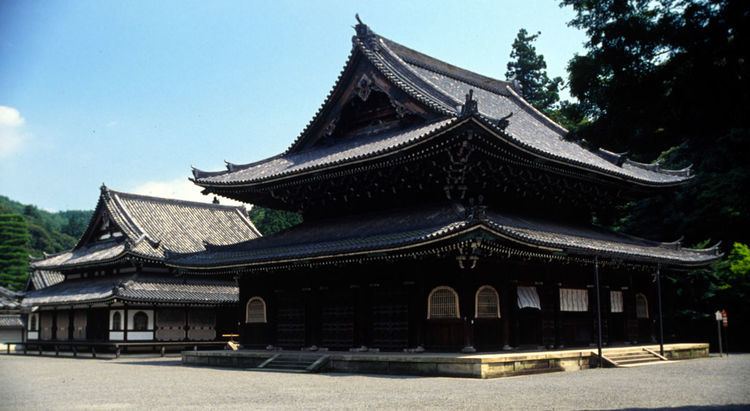645–650 Taika 686–686 Shuchō 704–708 Keiun | 650–654 Hakuchi 701–704 Taihō 708–715 Wadō | |
 | ||
Kenryaku (建暦) was a Japanese era name (年号,, nengō,, lit. "year name") after Jōgen and before Kempo. This period spanned the years from March 1211 through December 1213. The reigning emperor was Juntoku-tennō (順徳天皇).
Contents
Change of era
Events of the Kenryaku era
References
Kenryaku Wikipedia(Text) CC BY-SA
